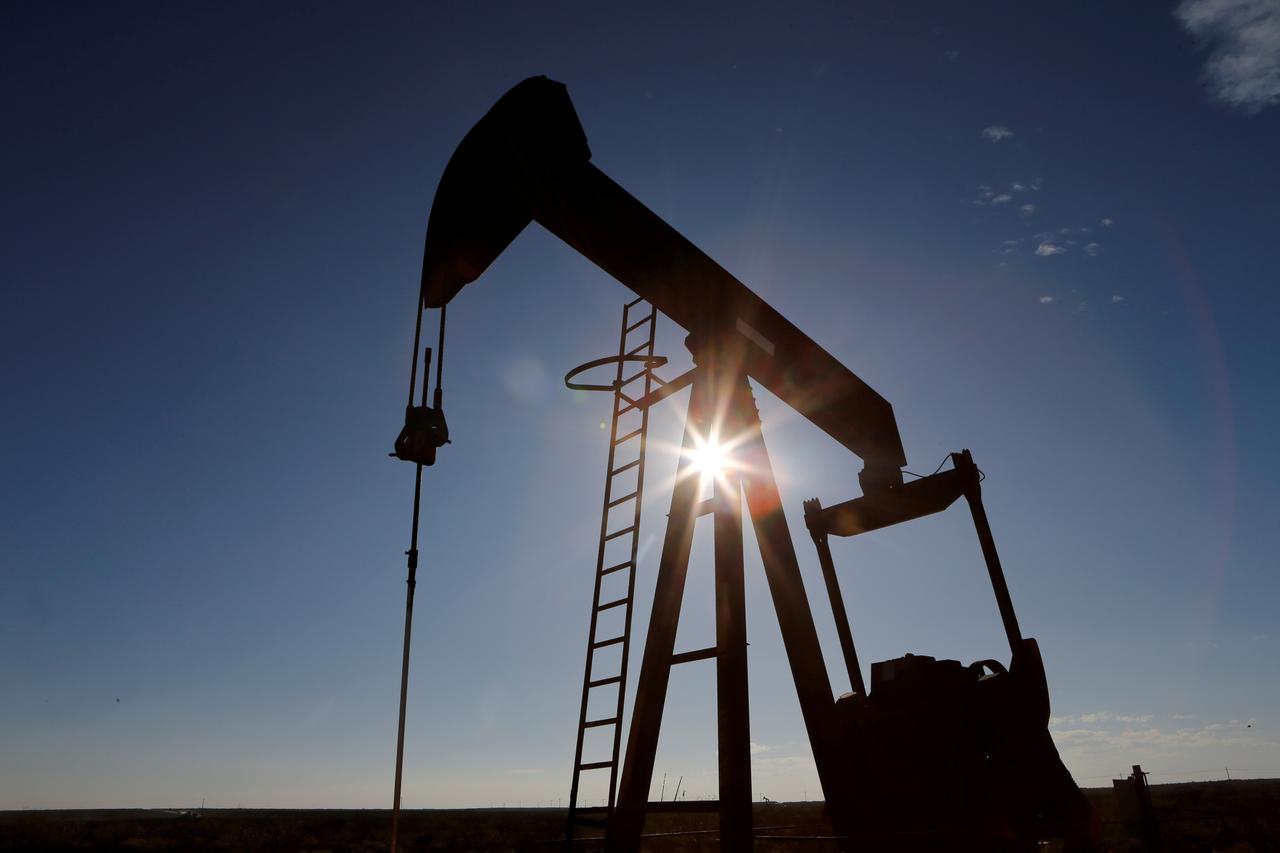Working from home has become the norm, and if the trend continues even after the pandemic abates, it could pose a big risk for oil, analysts are warning.

“The biggest threat to oil demand is the rise of remote working,” Bernstein said in a recent note to clients. “A decrease in commuting and business air travel is clearly negative for oil demand.”
Gasoline represents a sizable portion of overall oil demand — within each barrel of refined crude about 45% is used for gasoline — and, according to RBC, about 28% of gasoline demand in the U.S. is from people driving to and from work.
Oil prices are, of course, driven by supply and demand dynamics, so a change on one side of the equation can send prices into a tailspin.
Oil took a hit in April as billions of people around the world were subjected to some form of lockdown measures in an effort to slow the spread of Covid-19. With air and road travel coming to a virtual standstill, oil demand fell off a cliff. West Texas Intermediate, the U.S. oil benchmark, plunged below zero and into negative territory for the first time on record since no one wanted to take physical delivery of crude with demand expected to remain depressed.
Now, WTI is on track for its best month ever as economies have started to reopen, and as producers have announced record output cuts.
But demand might not ever fully recover. Twitter and Shopfiy are among the companies that have announced permanent work-from-home options, and more companies are expected to follow suit.
“Pretty much every company out there with a sizable commercial real estate footprint is thinking about this now,” said Dan Klein, head of scenario planning at S&P Global Platts. “While it’s probably too early to tell how prevalent this structural shift in working from home will become after the restrictions are lifted, it’s clear that a certain percentage of workers will never go back to commuting, at least every day,” he added. The firm believes between 1 million barrels per day and 1.5 million bpd will be permanently lost.
Prior to the outbreak of Covid-19, worldwide demand stood at roughly 100 million bpd, according to the International Energy Agency.
Klein said an even bigger risk could be the impact on business air travel, especially over the longer-term, as employees get used to using Zoom, Skype and Microsoft Teams. “Right now you’re challenging that notion that business travel is the cost of doing business,” he said, noting that the demand hit could be 1.5 million bpd to 2 million bpd.
Raymond James added that heightened unemployment as well as online education will also eat away at demand. “We assume that vehicle fuel consumption in 2021 will be impacted by 1.6 million bpd versus pre-COVID levels, all else held constant, with the impact decreasing to 400,000 bpd in 2022.” When it comes to jet fuel consumption, the firm believes a slowdown in business travel will mean 2 million bpd of demand loss in 2021, before recovering slightly to 800,000 bpd in 2022.
To be sure, all forecasts come with the caveat that it’s still early to determine the potential long-lasting impacts. The coronavirus led to unprecedented demand loss — between one fourth and one third of overall demand by many estimates — but the announced production cuts have also been unprecedented. With so many moving parts, it’s difficult to forecast how human behavior will change.
Some behavioral changes could also be supportive for oil prices. People might be wary of taking public transport which could lead to a boost in driving, for instance, while low gas prices could slow the adoption of electric vehicles. Oil demand is also highly sensitive to the overall economic backdrop so a slowdown in trade and shipping, for example, will also contribute to demand loss.
In its closely-watched monthly report released earlier in May, the IEA said it expects demand to fall by 8.6 million bpd to 91.2 million bpd for the year. This would be the biggest demand drop in history, although it’s slightly more optimistic than the agency’s prior forecast of a 9.3 million bpd loss.
While estimates vary as to when the world will reach peak oil, the consensus is that we are heading in that direction. And if more and more people shift to remote work, it could accelerate this change.
“If you take this amount of demand loss on top of that trending lower demand already, it makes it all the more steep,” Klein said.







